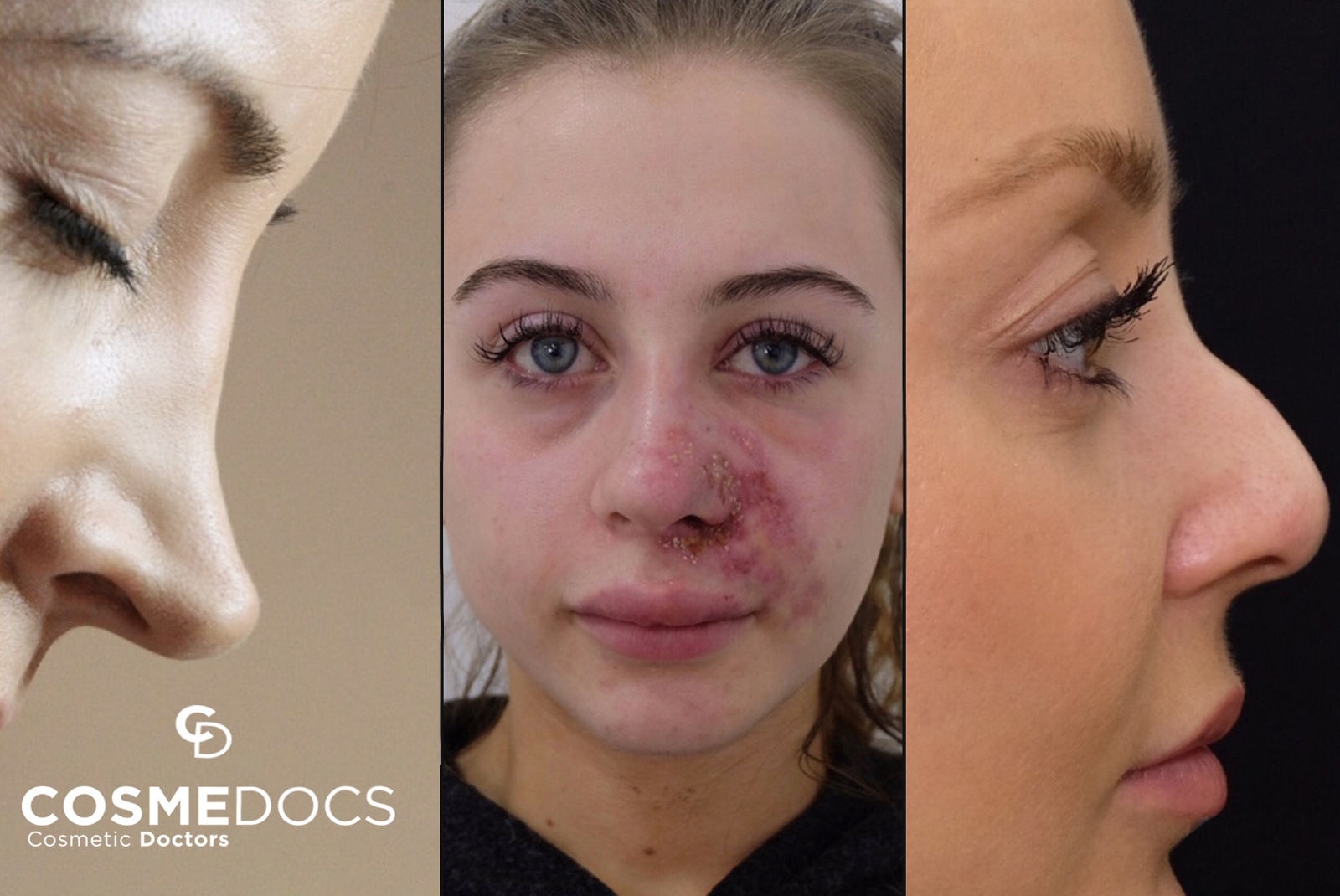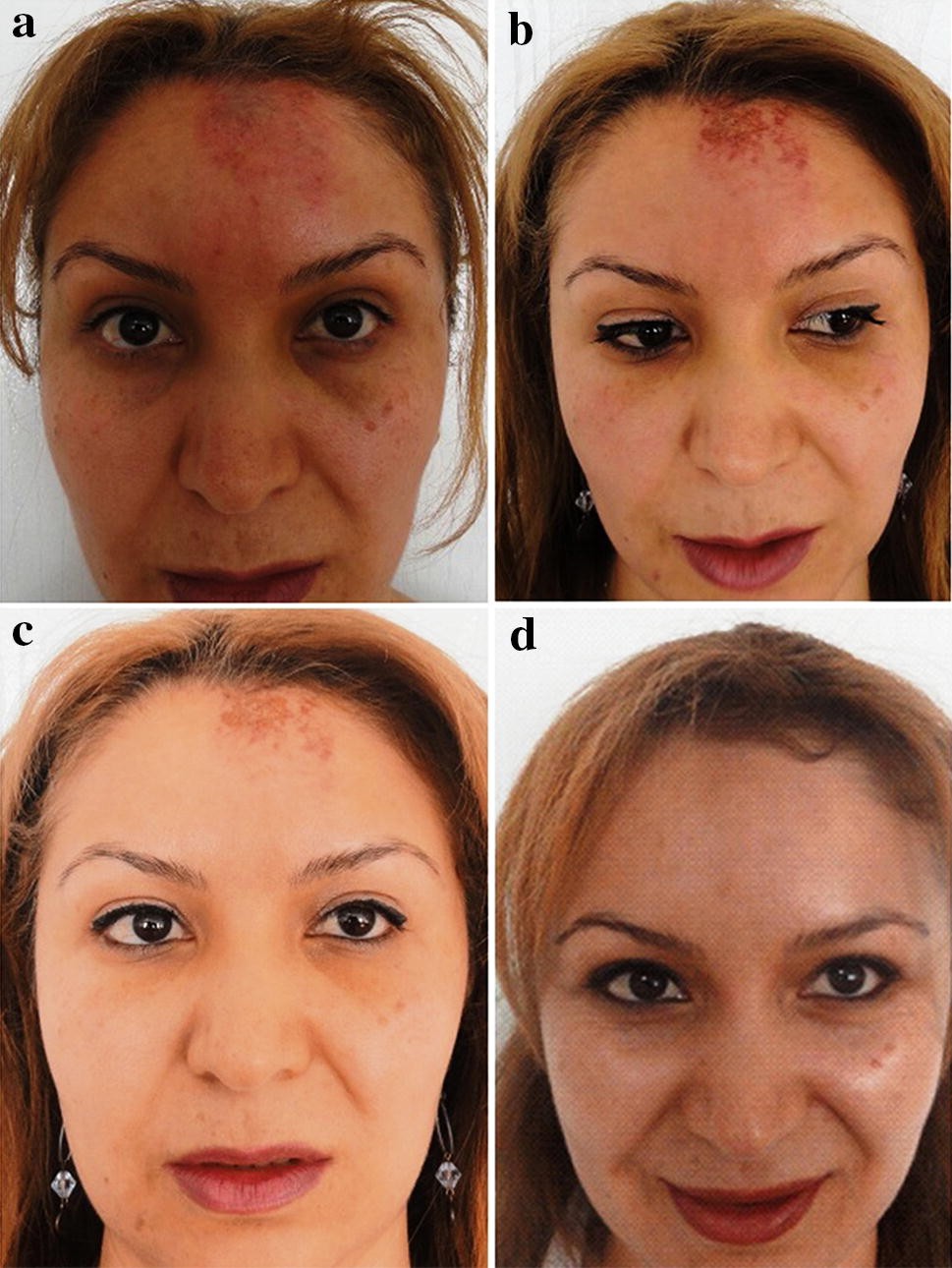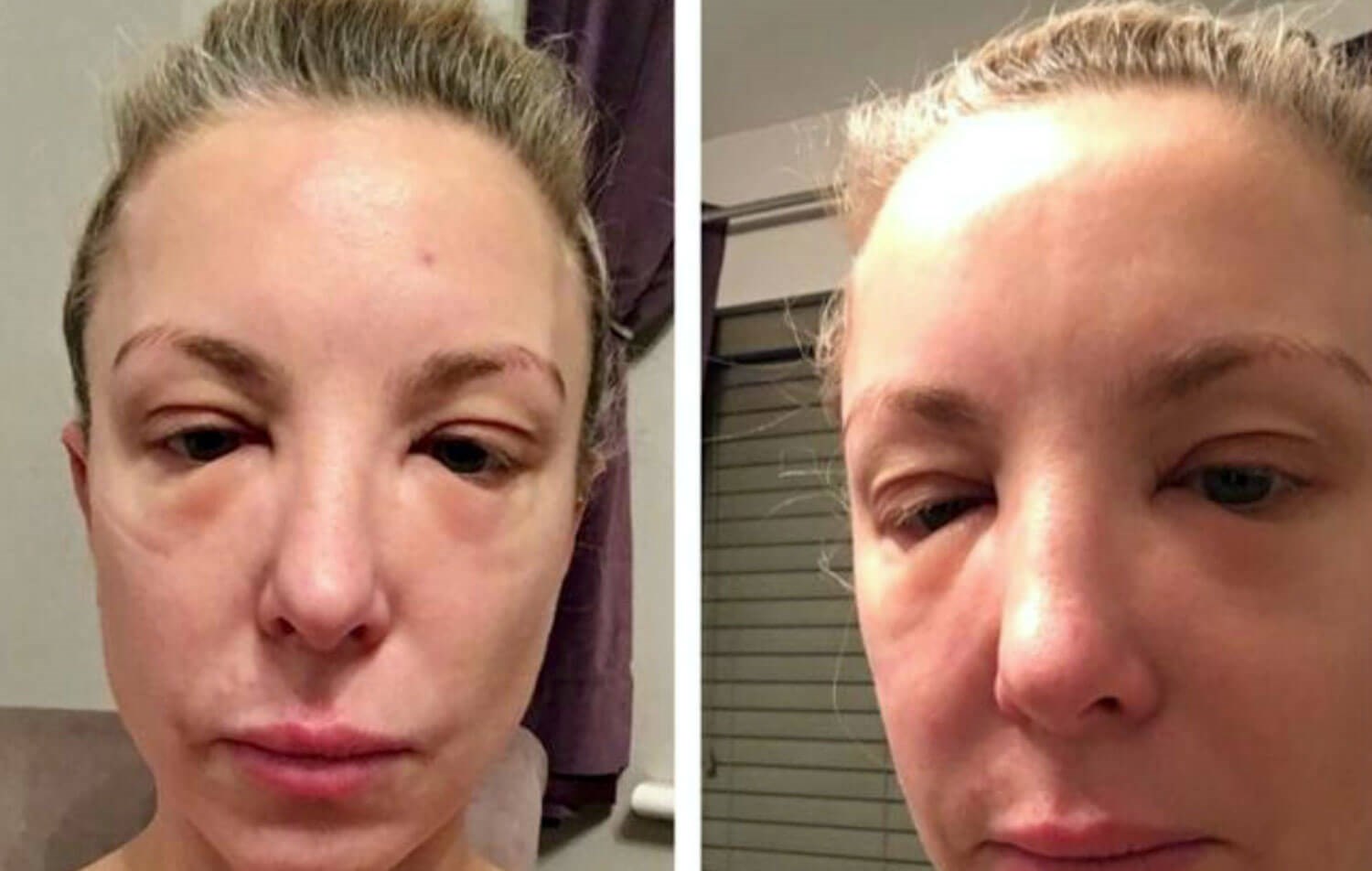Hello! You might have many questions about filler procedures, right? Today, we will explore the side effects and causes associated with filler treatments. This information could be beneficial for those considering fillers. Shall we dive in? 🙂
Basic Understanding of Filler Procedures
Filler procedures are among the popular cosmetic treatments gaining traction recently. Fillers are primarily used for improving skin wrinkles or enhancing volume in specific areas, injected to create the desired shape. They typically come in small gel forms and have been proven to be safe and effective.
Factors Contributing to the Popularity of Fillers
There are several reasons why filler procedures have become popular:
First, fillers offer a relatively simple and quick treatment, allowing for desired results in a short amount of time. Second, fillers are a non-invasive method that does not require surgery, resulting in a short recovery period and fewer side effects. Third, fillers provide natural-looking enhancements to facial shapes and silhouettes. These reasons contribute to the growing popularity of filler procedures among many individuals.
Types and Symptoms of Side Effects
After receiving filler treatments, side effects may occur. Common side effects include bleeding, swelling, pain, and increased sensitivity. Bleeding is a temporary phenomenon that can occur during injection and usually resolves within a few hours. Swelling is the phenomenon where the injection site becomes puffy; while often temporary, it can occasionally persist for a few weeks. Pain and increased sensitivity may vary depending on the injection site but are generally mild and temporary.
Analysis of Causes of Side Effects
The causes of side effects are diverse. The most common reason is the inflammatory response after the injection. Fillers primarily use hyaluronic acid, which can trigger inflammation within the body. Additionally, side effects can occur if the filler is administered incorrectly or if low-quality products are used.
Filler Components and Body Reactions
Filler components come in various types, each suitable for specific areas. Most fillers are based on hyaluronic acid, a substance that naturally exists in the human body. Hyaluronic acid helps retain moisture and provides elasticity, resulting in smoother and more resilient skin when injected. However, individual body reactions to filler components can lead to side effects, making it crucial to consult with a professional to choose the appropriate ingredients.
Pre-Treatment Preparations to Prevent Side Effects
To minimize side effects, proper preparation before the procedure is essential.
First, it is important to choose a trusted professional. Look for a doctor or beautician with professional knowledge and experience. Second, check your health status before the procedure and consult with a doctor if you have any allergies to establish appropriate responses. Third, avoid alcohol consumption and the use of irritating skin products before receiving fillers. These preparations can help prevent side effects.
Treatment and Management of Side Effects
If side effects occur, appropriate treatment and management are necessary. Bleeding or swelling is usually temporary and will resolve on its own over time. For pain or increased sensitivity, consult with a doctor to consider using pain relievers or sedatives. If severe or persistent side effects occur, further action should be taken in consultation with a professional.
Tips for Choosing a Safe Practitioner
Filler procedures require careful consideration of safety. Therefore, selecting the right professional is crucial. When choosing a practitioner, follow these tips:
- Look for a doctor or beautician with professional experience and qualifications.
- Check the practitioner’s experience and patient satisfaction.
- Gather sufficient information about the practitioner’s methods and the products they use.
- Confirm the practitioner’s support for post-treatment care and management of side effects.
- Refer to recommendations or reviews from others to choose a trustworthy professional.
Choosing a qualified practitioner is one of the most important factors for safe filler procedures.
That concludes our discussion on “The Shadows of Filler Procedures: An Analysis of Side Effects and Their Causes.” If you are considering filler treatments, it is vital to be well-informed about these side effects, prevention methods, and management strategies, and to consult with a doctor for a safe procedure.








Leave a Reply